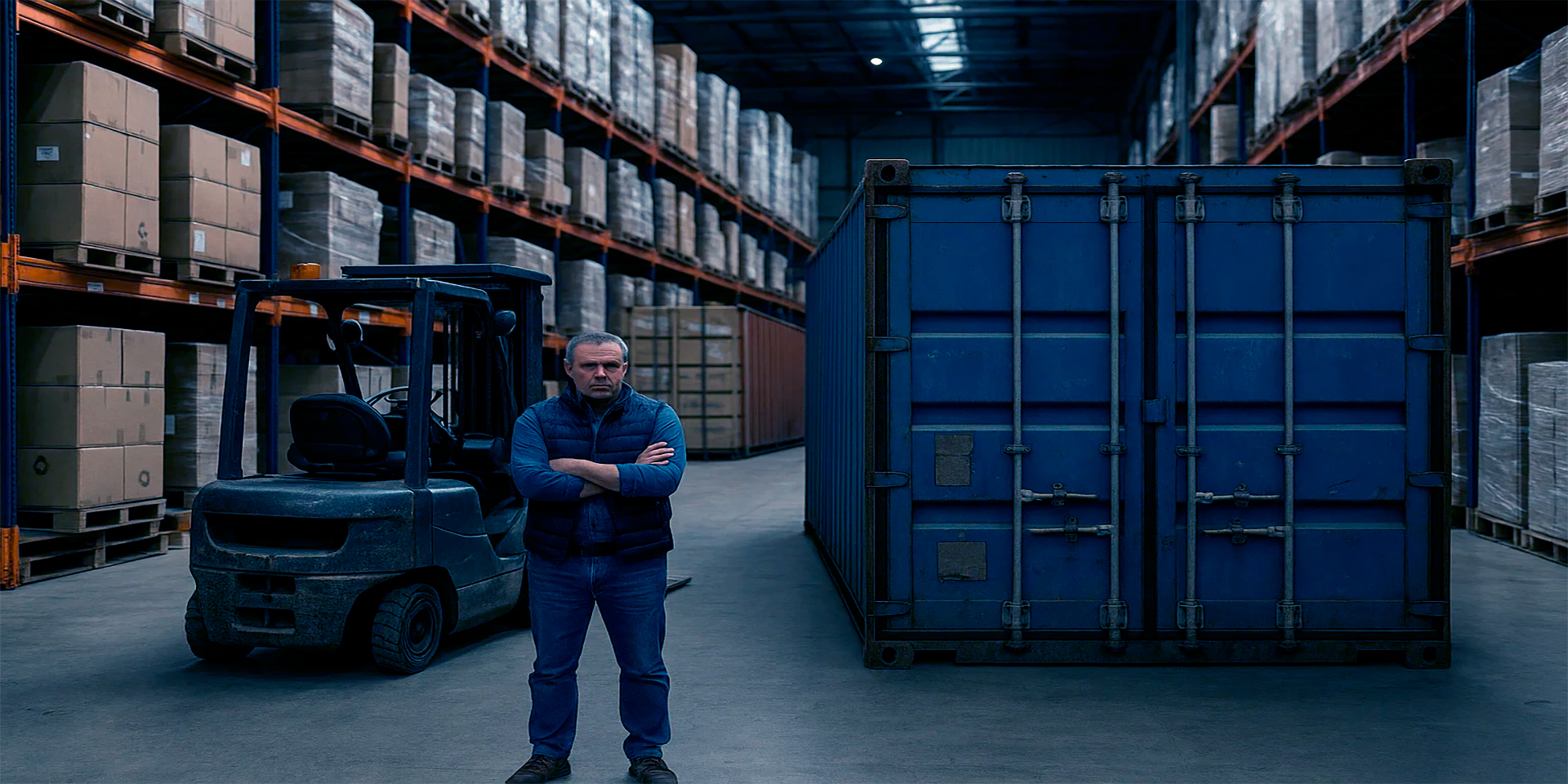Business Resilience in Logistics: The Role of Loans in Container Shortages
Loans and Warehouse Logistics: How Businesses Survive Container Shortages
Global trade relies on containers moving seamlessly across oceans and borders. When they run short, the entire logistics chain slows. Warehouses fill with unsent stock, delivery commitments fail, and clients lose patience. The financial consequences can be severe, even for companies with strong demand. In these moments, loans become lifelines. Credit keeps cash flowing when goods remain stuck, allows firms to cover storage and labor costs, and helps preserve client trust during prolonged disruption. Without financing, many organizations would collapse under the strain of blocked shipments and mounting penalties.
Why Container Shortages Disrupt Warehouse Operations
When container supply tightens, warehouses face cascading stress. Cargo piles up and blocks available storage, leaving no space for incoming shipments. Staff must rehandle goods, pushing labor costs higher. Contracts with customers fall behind schedule, triggering financial penalties and reputational damage. At the same time, payments from buyers are delayed because merchandise has not reached its destination. Businesses become trapped between rising overhead and stalled cash flow. Loans bridge this gap by funding payroll, leasing extra space, and sustaining day-to-day operations. Access to credit determines whether companies endure congestion or fall into insolvency.
Rising Costs During Shortages
- Extra storage leases inflate fixed expenses.
- Labor hours rise as goods require repeated handling.
- Energy and maintenance costs expand with prolonged storage.
- Delayed invoices choke working capital cycles.
Types of Loans That Support Warehouse Logistics
Different credit instruments meet different needs during container crises. Working capital loans cover payroll, utilities, and rent when liquidity vanishes. Overdraft facilities give immediate access to small amounts of cash to cover unexpected fees. Trade finance helps importers and exporters meet contractual obligations despite shipment delays. Revolving credit lines deliver flexibility for firms facing extended bottlenecks. These mechanisms prevent missed deadlines, stabilize supply agreements, and shield relationships with both suppliers and clients. Without them, companies risk breach of contract, canceled orders, and lost long-term partnerships.
Examples of Loan Application
| Loan Type | Purpose | Example in Practice |
|---|---|---|
| Working Capital Loan | Cover ongoing expenses | A logistics firm uses funds to pay staff while shipments remain stuck offshore |
| Overdraft Facility | Handle urgent costs | A distributor pays late port fees through an overdraft to avoid seizure of goods |
| Trade Finance | Meet international payment terms | An exporter secures finance to pay growers despite fruit containers stuck in transit |
| Revolving Credit Line | Ensure recurring liquidity | A manufacturer taps funds monthly during half a year of container congestion |
Industries Most Affected by Container Shortages
Retail, agriculture, electronics, and automotive sectors face heavy pressure during shortages. Retailers lose entire seasons when fashion stock or holiday products arrive late. Agriculture exporters face spoiled shipments if perishable goods cannot move quickly. Electronics firms experience halted production when key components remain stranded at ports. Automotive companies face high costs when assembly lines pause for missing parts. Each of these industries relies on loans to cover supplier bills, payroll, and penalty payments. Credit enables survival until containers become available again.
Sector Exposure and Credit Use
| Industry | Disruption Effect | Role of Loans |
|---|---|---|
| Retail | Seasonal merchandise loses value if delayed | Working capital loans cover supplier invoices and additional storage |
| Agriculture | Perishable shipments spoil in ports | Trade finance pays growers and mitigates contract penalties |
| Electronics | Component delays halt production | Revolving credit funds wages and keeps plants open |
| Automotive | Assembly lines pause without parts | Loans sustain payroll and utility bills until supplies return |
Global Examples of Credit in Action
In Europe, a fashion retailer took a seasonal working capital loan when winter clothing shipments missed the holiday period, ensuring staff remained paid until spring revenue arrived. In Asia, a fruit exporter accessed trade finance to keep payments flowing to farmers after containers of produce sat in port for weeks. In North America, an electronics manufacturer relied on a revolving credit facility to fund wages during microchip delays caused by shipping congestion. In Africa, a construction supplier secured an overdraft to rent additional storage for imported cement, avoiding project shutdowns. In South America, a coffee exporter used credit to maintain grower payments when harvest shipments were delayed, protecting long-term contracts.
How Credit Preserves Client Relationships
Trust evaporates when customers see repeated delays and missed commitments. Credit helps businesses avoid this outcome by funding penalty payments, rerouting cargo, and covering supplier costs. A warehouse that uses loans to pay suppliers on time secures priority treatment once container supply improves. A logistics operator that finances airfreight alternatives for urgent deliveries proves reliability and maintains credibility with clients. This ability to act quickly with borrowed capital keeps relationships intact during disruptions, preventing permanent loss of business once markets stabilize.

Adaptations Beyond Financing
Loans support survival, but businesses also adapt through strategic measures. Some reroute shipments through secondary ports or rail corridors. Others diversify sourcing to reduce dependence on a single shipping lane. Companies invest in warehouse automation and inventory software to better manage congestion. Many renegotiate contracts to share risk with customers, adjusting delivery schedules or penalty clauses. Each of these adaptations requires funding. Without access to credit, firms cannot finance the operational adjustments necessary to withstand prolonged shortages. Loans therefore complement resilience strategies by supplying the liquidity needed for implementation.
Examples of Non-Financial Adaptations
- A German automotive company shifted imports from congested sea routes to rail corridors via Central Asia, financed by short-term credit.
- A U.S. retailer leased regional distribution centers near customers, funded by loans, to minimize last-mile delays during shortages.
- An Indian electronics assembler negotiated flexible delivery contracts while using loans to cover supplier payments in the interim.
- A Brazilian agribusiness built cold storage facilities with borrowed funds to extend shelf life of goods delayed in port.
The Conclusion
Container shortages disrupt warehouse operations, inflate costs, and undermine customer trust. Loans enable businesses to sustain payroll, pay suppliers, and preserve contracts during these bottlenecks. From retail to agriculture, electronics to automotive, credit ensures survival when goods remain stuck in transit. Real-world cases show how financing bridges liquidity gaps while allowing firms to adapt with new routes, storage, and sourcing strategies. Access to loans does not eliminate disruption, but it gives businesses the cushion they need to endure crises in global logistics and emerge with stronger client relationships once trade flows normalize.


